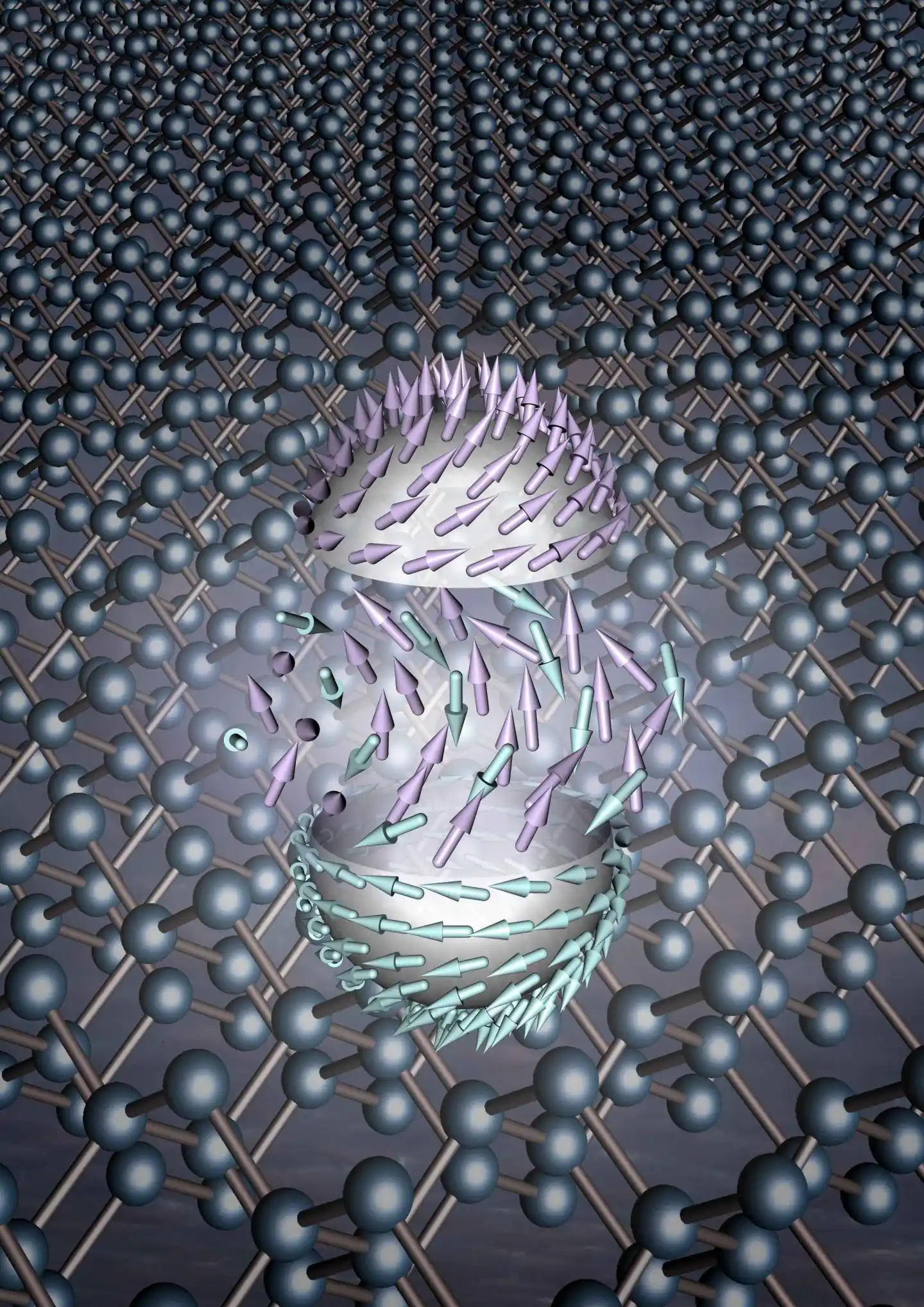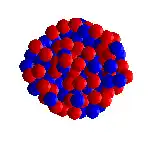افشین رشید
اُستادیار ؛ عضو هیات علمی دانشگاه آزاد اسلامی واحد علوم و تحقیقات تهران
597 یادداشت منتشر شدهSelf-organized Electrical Nanostructures (DNDs) Can be Formed in Pure Form or as a Combination of Several Different Materials.

Note: Materials that are nanometer-sized in all three dimensions and have no free dimensions. According to some classifications, this class of nanostructures is also called nanoparticles. The factors affecting the properties of nanoparticles are the size and type of particles.
Nanoparticles have various applications in various industries such as automobiles (anti-scratch body, anti-fog glass, durable tires, etc.), medicine (manufacturing new drugs, diagnosing disease symptoms, etc.), water and wastewater treatment, electronics, military industries, etc. Nanoparticles can be made in different shapes, such as spherical, elliptical, cubic, prismatic, columnar, etc., depending on their application. Nanoparticles may consist of a single component or be a combination of several material components. Nanoparticles can also be pure or a combination of several different materials.

This division of nanomaterials (nanostructures) is not an apparent and worthless division. These three types of nanostructures have fundamental differences in terms of synthesis and production, as well as properties and applications. In general, the electrical, optical, magnetic, surface, etc. properties of these three structures are fundamentally different from each other, and of course their applications are also different. The main basis of nanotechnology is the use of materials. Every material in space has three dimensions of length, width, and height. If at least one of these three dimensions in a material is in the nanometer range, it is called a material, a nanostructure. There is no accepted definition for the nanometer range, but a more acceptable definition is a range between one and one hundred nanometers. Even with dimensions of several hundred nanometers in a material, it is still called a nanostructure. In fact, the definition of the area of 1 to 100 nanometers is for the sake of having a definition and standard.

Conclusion :
Materials that are nanometer-sized in all three dimensions and have no dimensions of freedom. According to some classifications, this class of nanostructures is also called nanoparticles. The factors affecting the properties of nanoparticles are the size and type of particles.
Investigation of The Self-organized Electrical Nanostructure DND and The influence of Nanoelectromagnetic interactions on The Energy Characteristics of Nanoelectrons (Nanostructures)
The Range of ۱ to ۱۰۰۰ nm (Nanometer) is introduced as The Range of Self-organized Electrical Nanostructures (DND)